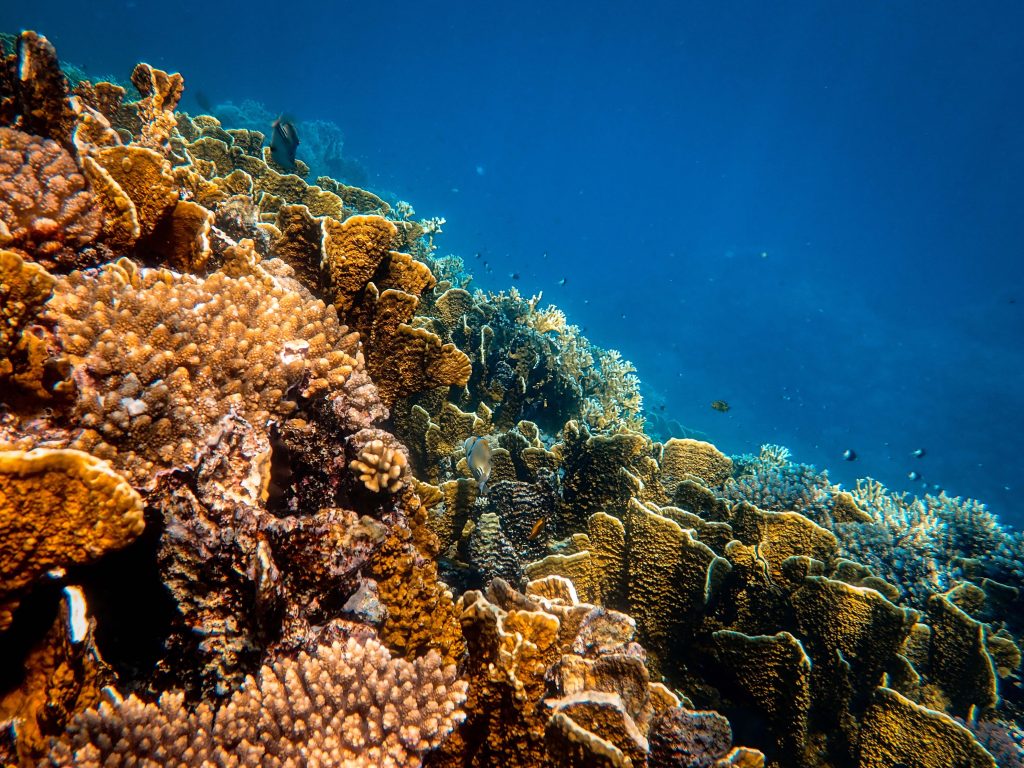Deeply-held beliefs: Tribe signs letter against opening up of deep-sea mining amid concerns of potentially irreversible environmental damage

Today, Tribe Impact Capital signs the Global Financial Institutions Statement to Governments on Deep Seabed Mining.
Extracting metals from the deep-sea is poorly aligned with the goal of preventing ecological collapse and runaway climate change. The raw materials needed to build the
Low carbon transition
Urban mining
To remain within 1.5⁰C of warming,
Global emissions
Decarbonisation
Renewable energy
Battery storage facilities
The policy and regulatory environment reflects the urgent need to transition. The EU’s
Critical Raw Materials Act (CRMA)
Inflation Reduction Act (IRA)
The proposal to increase the extraction of metals from the deep ocean is a response to this urgent demand. Deep-sea mining involves mining hydrothermal vents and seamounts or raking potato-sized nodules from the seabed up to 5,500m below the surface on the Abyssal Planes of the Clarion-Clipperton Zone (CCZ)[5]. 17 of the 31 existing deep-sea mining contracts are to explore polymetallic nodule collection in the CCZ, each contract covering an area roughly the size of Scotland[6].
Researchers at the Natural History Museum estimate that over 90% of CCZ species are unknown to science[7]. Experiments into the long-term effects of nodule collection show that the activity causes irreversible loss of ecosystem function and low recovery of fauna after 26 years[8]. Mining reverses the potential of the seabed by dragging carbon-rich sediment back into the water column, discharged kilometres above mining sites. Full remediation of the seabed following mining is currently impossible[9]. It is no surprise, therefore, that the G7 leadership has called for deeper regulation and more safeguards and knowledge[10].
As investors supporting the drive to a low carbon economy, what are the solutions to raw material bottlenecks if not through deep-sea mining? We believe the answer lies within innovation and circularity.
Currently, battery technology is one of the most crucial enabling technologies for the low-carbon transition and one of the most mineral hungry. Batteries require lithium, cobalt, manganese, and nickel[11]. However, constraints often lead to innovations. For example, Samsung, Panasonic, and Tesla embrace cobalt-free batteries[12] as part of their operations. According to the World Wildlife Fund (WWF), material substitution and scaling game-changing technologies can reduce mineral demand by 30%[13]. Therefore, innovations in battery technology provide unique and exciting opportunities for investors.
Reducing the demand for virgin metal production can be partially achieved by championing two processes – ‘
Cradle to cradle design
Urban mining
Circularity
The wealth of rare earth metals currently trapped with
Waste Electrical and Electronic Equipment (WEEE)
The environmental concerns associated with deep-sea mining are well documented[18]. Opportunities are available to businesses and investors (as outlined above) to reduce the critical mineral and metal gaps that have not yet been fully investigated or facilitated. With that in mind, and the significant risk of harm to the world’s seabed, a moratorium on deep-sea mining is a logical step that we support.
In line with our recommendations for investing in the Blue Economy[19], we do not currently view deep-sea mining as an integrated investment strategy that supports our outlined principles.
Read the Global Financial Institutions Statement to Governments of Deep Seabed Mining coordinated by the Finance for Biodiversity Foundation:
[1]For a livable climate: Net-zero commitments must be backed by credible action, United Nations
[2] Critical Raw Materials Act, European Commission
[3] The Inflation Reduction Act: Here’s what’s in it, McKinsey & Company
[4] Translation: 14th Five-Year Plan for National Informatization, Stanford University
[5] Deep-sea Mining Interests in the Clarion-Clipperton Zone, NOAA
[6] Update to ‘An assessment of the risks and impacts of seabed mining on marine ecosystems’, Flora and Fauna *Each contract covers 75,000km2, Scotland’s land area is 77,910km2 (32% of the total UK)
[7]How many metazoan species live in the world’s largest mineral exploration region? Cell Biology
[8] Biological effects 26 years after simulated deep-sea mining, Nature
[9] Challenging the Need for Deep Seabed Mining From the Perspective of Metal Demand, Biodiversity, Ecosystems Services, and Benefit Sharing, Frontiers in Marine Science
[10] G7 countries say strict environmental rules needed for deep-sea mining, Mining.com
[11]Critical Minerals in Electric Vehicle Batteries, Congressional Research Service
[12] Here’s why battery manufacturers like Samsung and Panasonic and car makers like Tesla are embracing cobalt-free batteries, CNBC
[13] The Future is Circular: Circular Economy and Critical Minerals for the Green Transition, SINTEF
[14] Cradle to Cradle, McDonough
[15] ‘Urban mining’ can save the deep seabed from exploitation, China Dialogue Ocean
[16] ‘Urban mining’ can save the deep seabed from exploitation, China Dialogue Ocean
[17] International E-Waste Day: 57.4M Tonnes Expected in 2021, WEEE Forum





